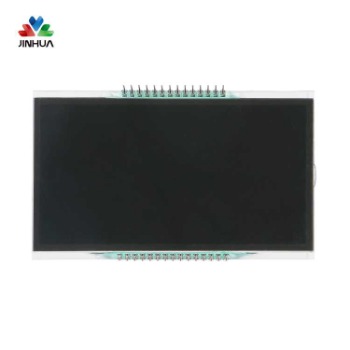Key points to avoid the pain points of using serial screens outdoors:
1. Choose a screen with brightness that meets the requirements. For outdoor products, to ensure outdoor readability, the minimum brightness of the LCD screen requirement is ≥500 nit. For occasions with higher requirements, 800 nit can be selected. High brightness will not only increase the power consumption of the product but also increase the temperature rise of the product, and the cost will also increase accordingly.
2. Readability under high brightness is often affected by the surrounding environment. Especially in cities and relatively densely populated areas, the reflection on the display surface is unavoidable. In this case, choosing a screen with anti-glare treatment on the surface can reduce Specular reflection improves legibility.
3. Ultraviolet rays have a significant impact on most materials, especially organic materials. Outdoor ultraviolet rays can cause polymer materials to deteriorate and inks to fall off or change color. In areas with strong ultraviolet rays, it is recommended to use metal casings and glass touch screens/ cover, and use anti-UV ink, OCA, POL, etc.
4. For protection against rainwater and surface condensation, ICs that can be touched by wet water need to be selected to ensure that they can still operate correctly even when there is water on the surface.
5. Affected by outdoor dust, the use of AF coating can effectively reduce the degree of surface pollution.
6. In order to deal with damage to people outdoors, the thicker tempered glass material is used, which can achieve an impact of more than 5 joules without being damaged.
7. The principle of matching the working environment is to select products with suitable working temperature and humidity according to the climate environment of the place of use. Of course, the selection of raw materials for wide temperature range serial port screens is quite different, and the price is also significantly increased. Therefore, it is recommended to choose specific products for specific areas. product rather than one size fits all.
8. In order to cope with the high temperature and high salt environment in coastal areas, the interface, PCB and components of the product can be treated with three-proofing, and devices (such as connectors) that are more resistant to salt spray can be used.






 English
English Deutsch
Deutsch русский
русский español
español العربية
العربية



 IPv6 network supported
IPv6 network supported
